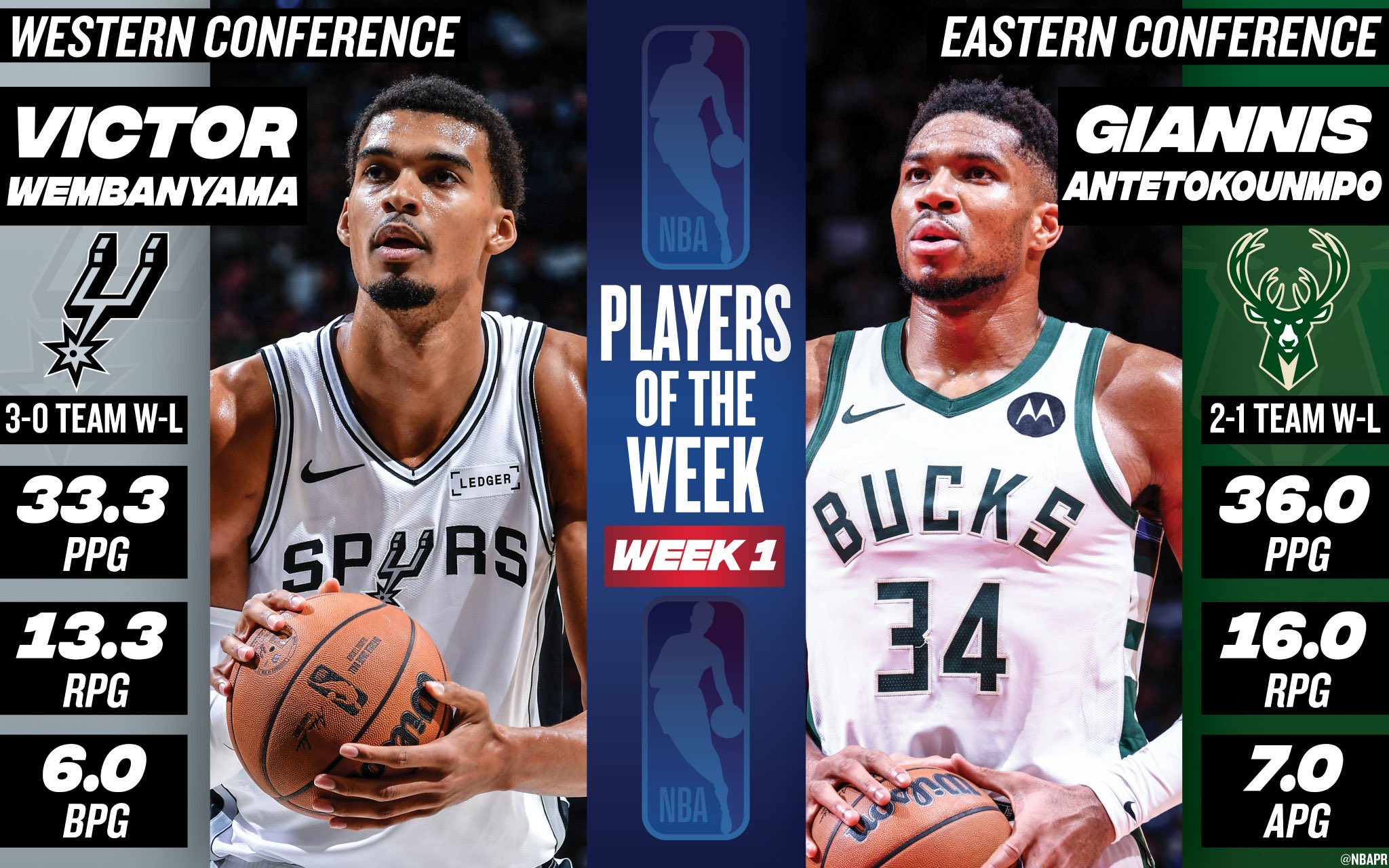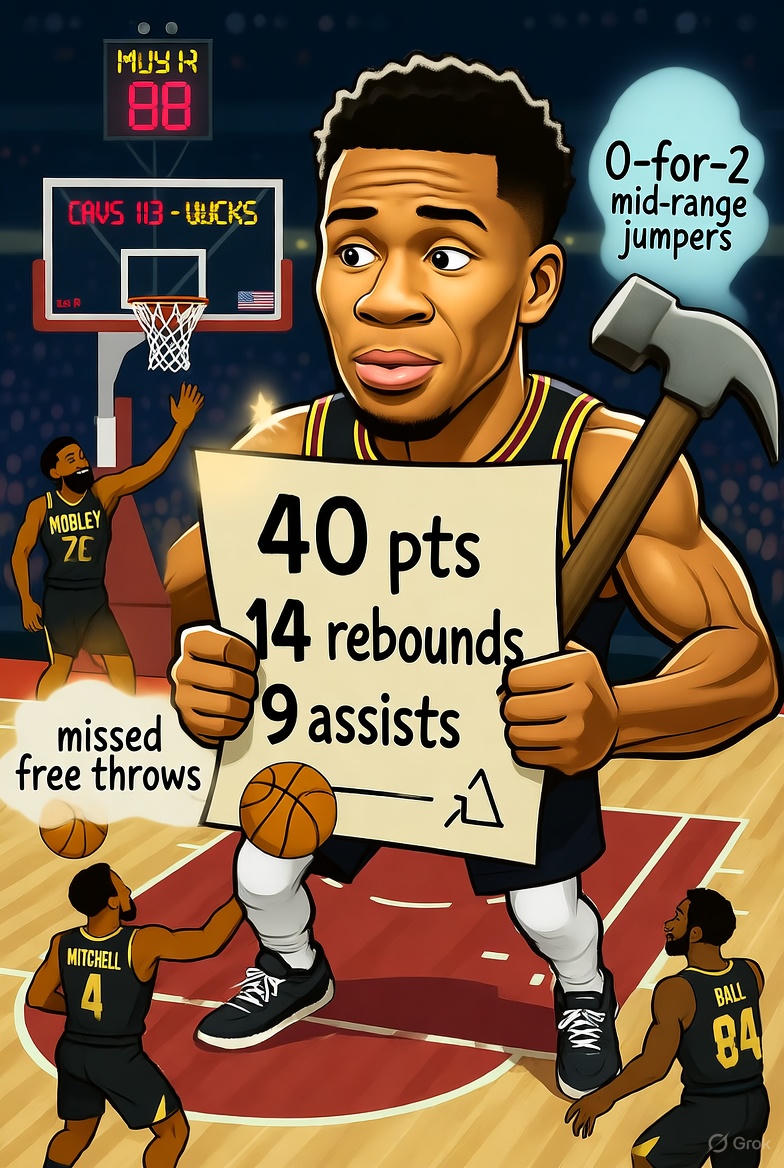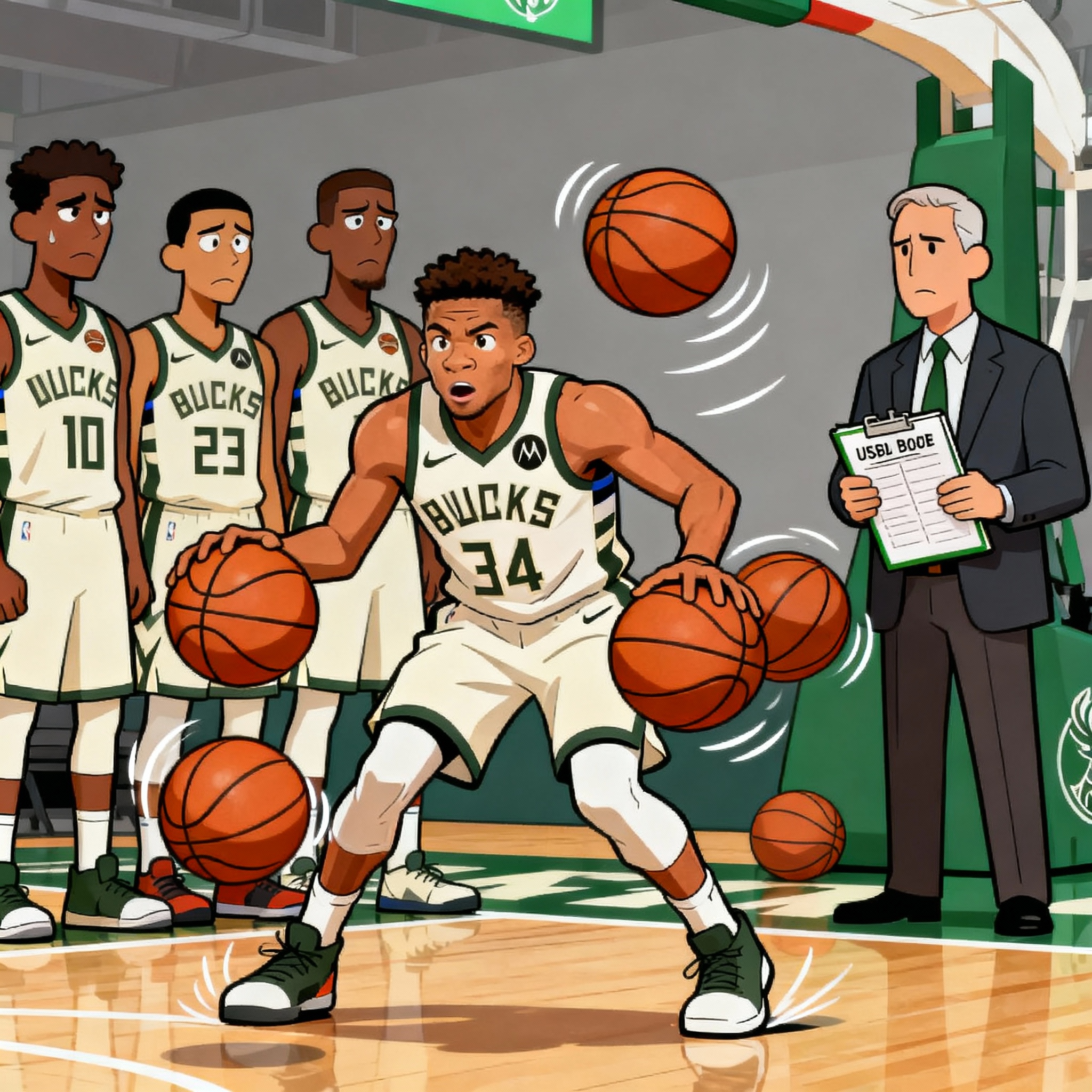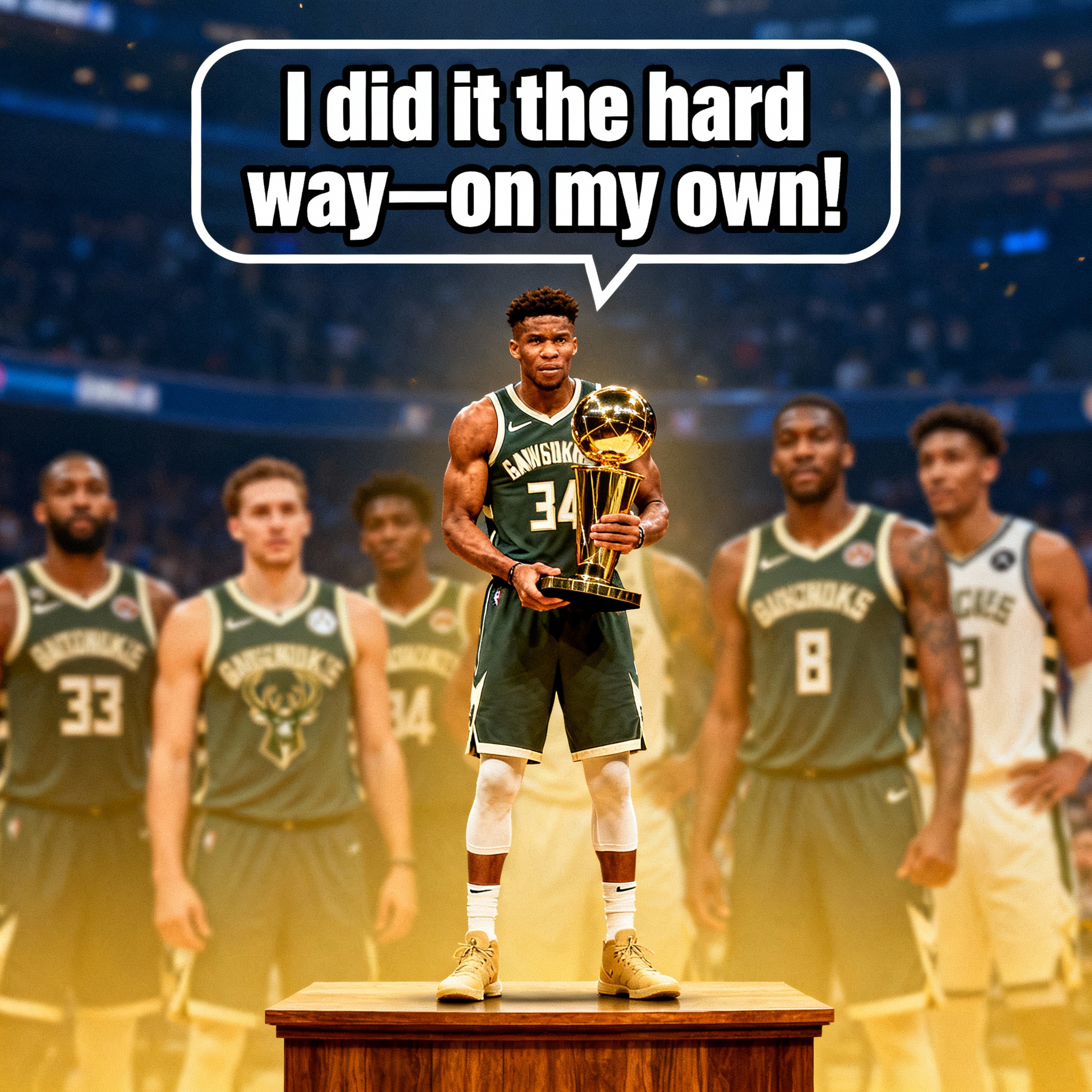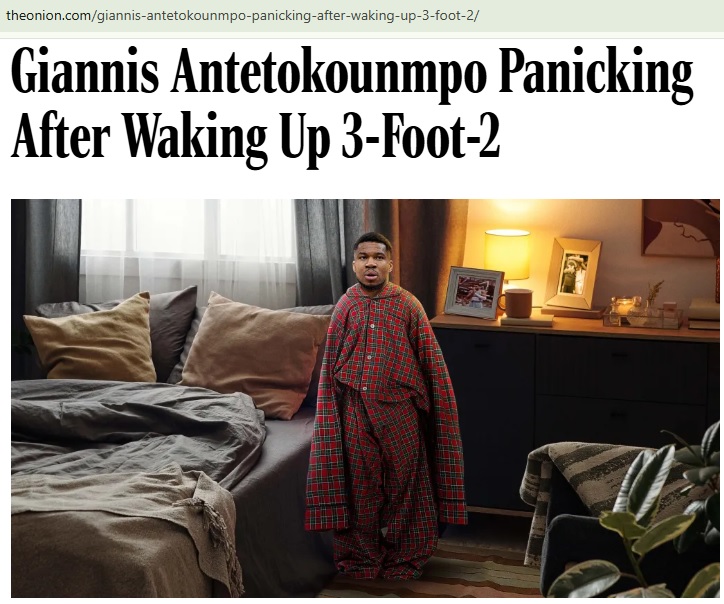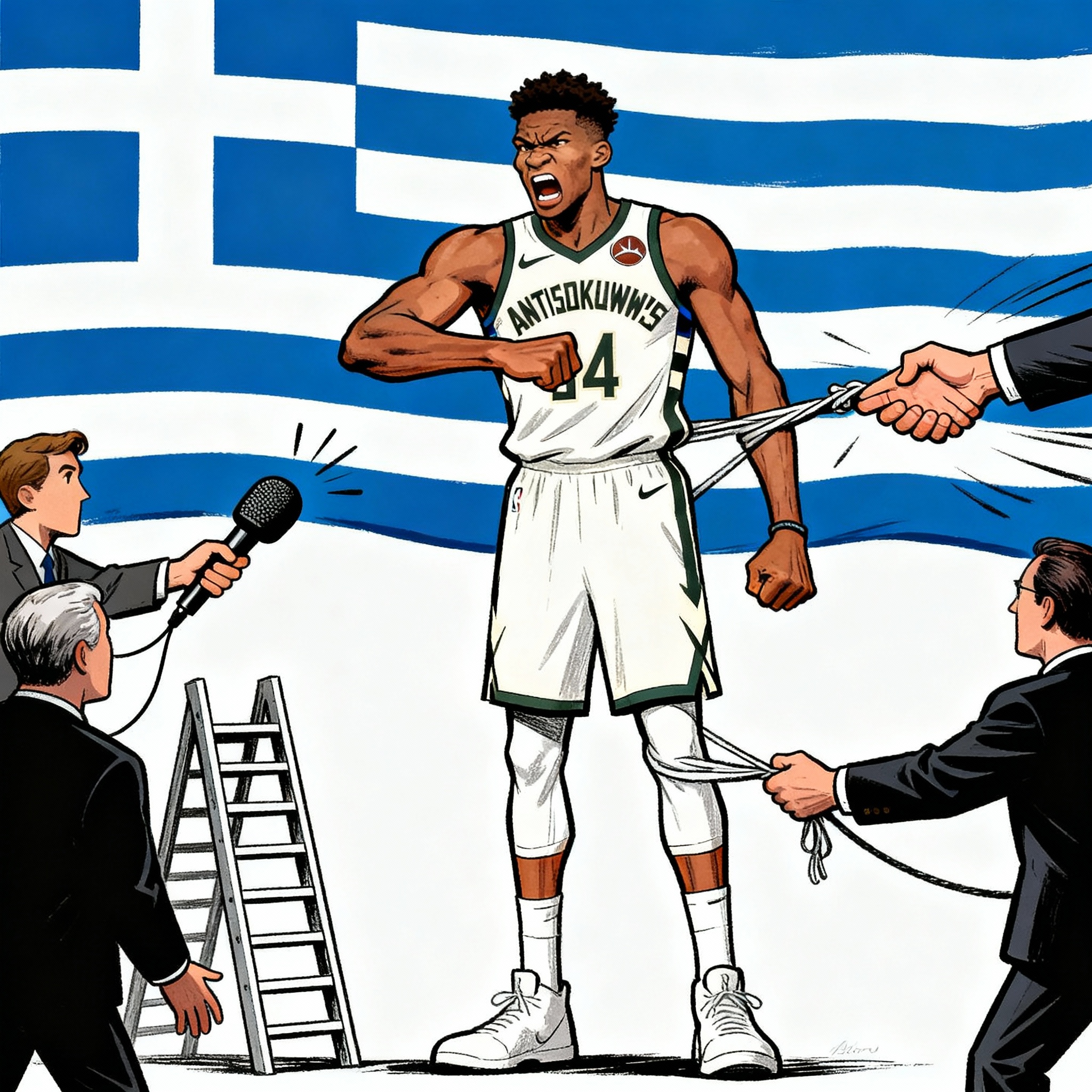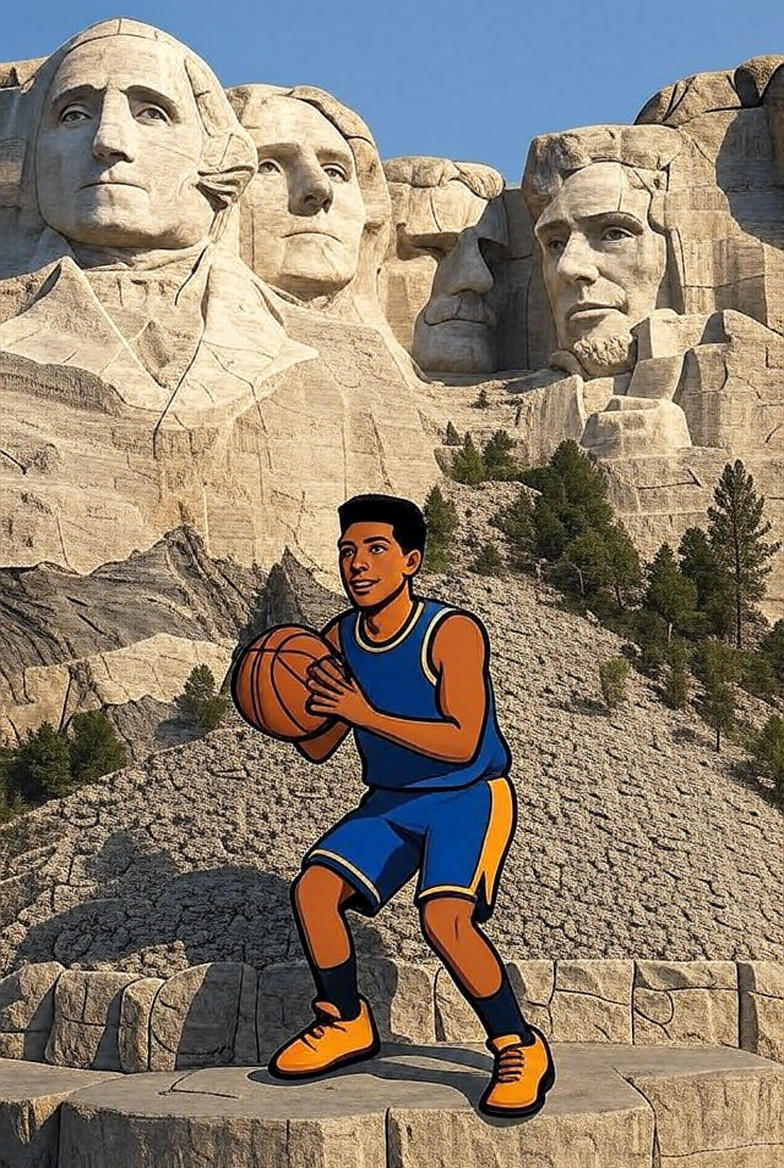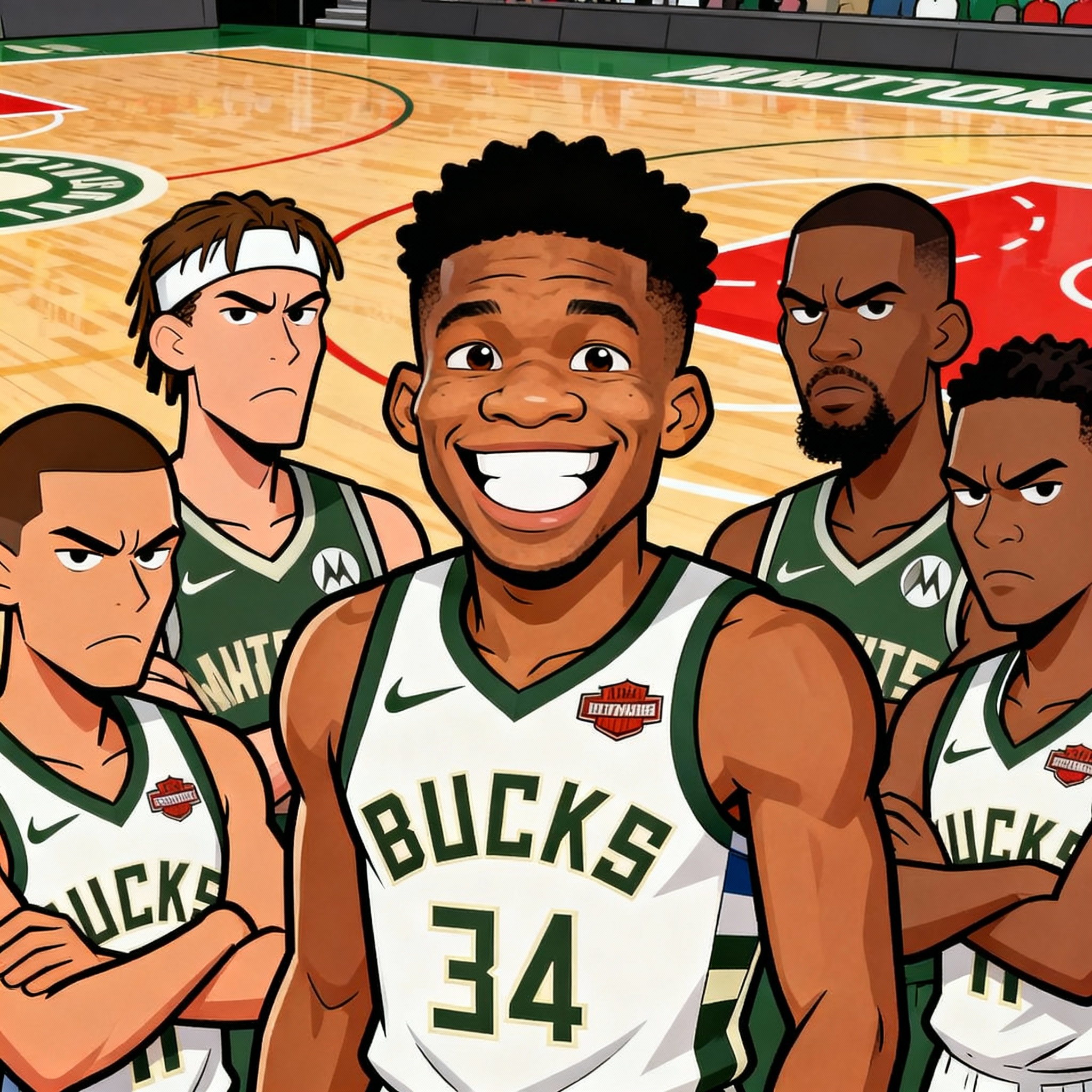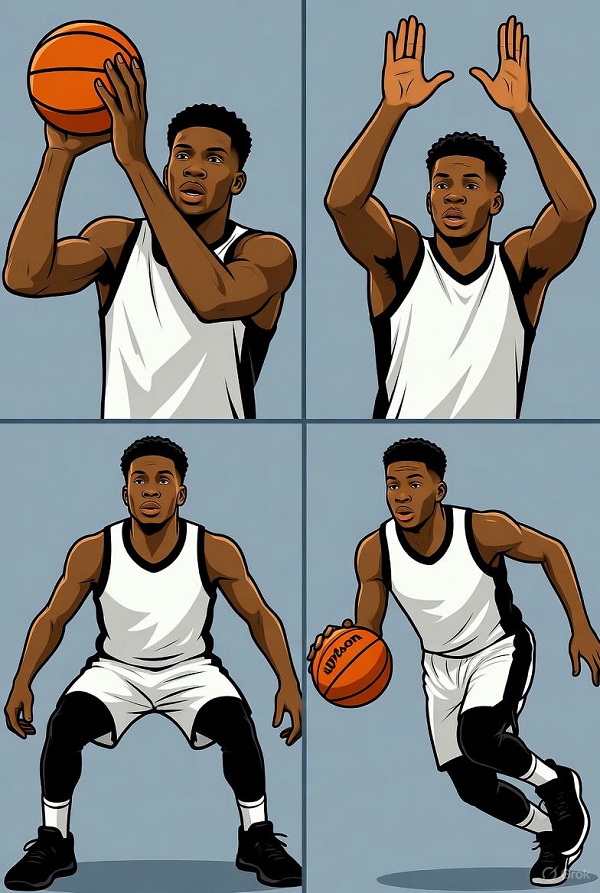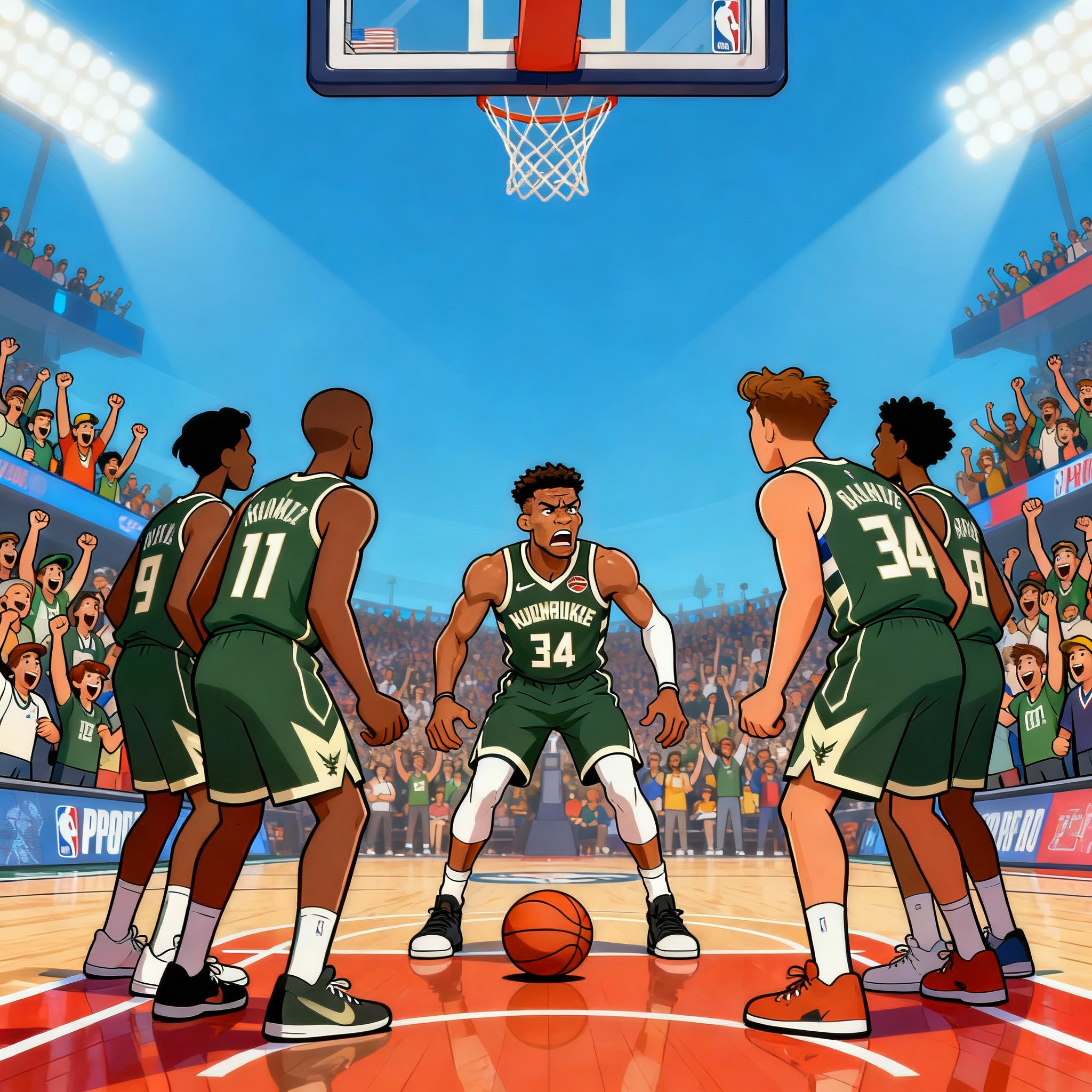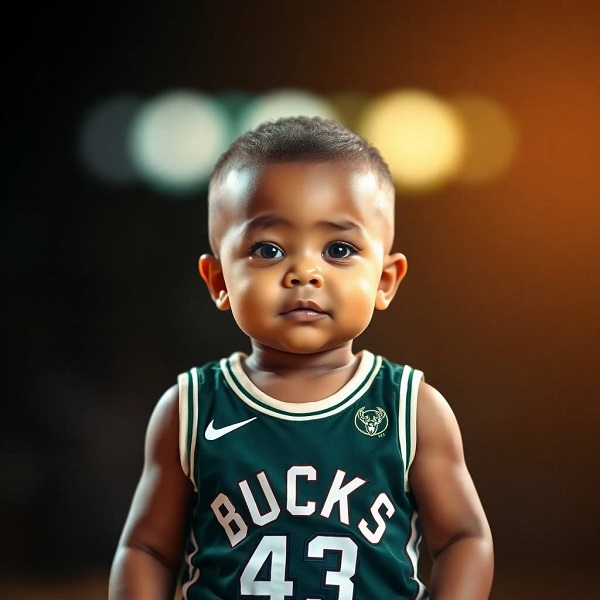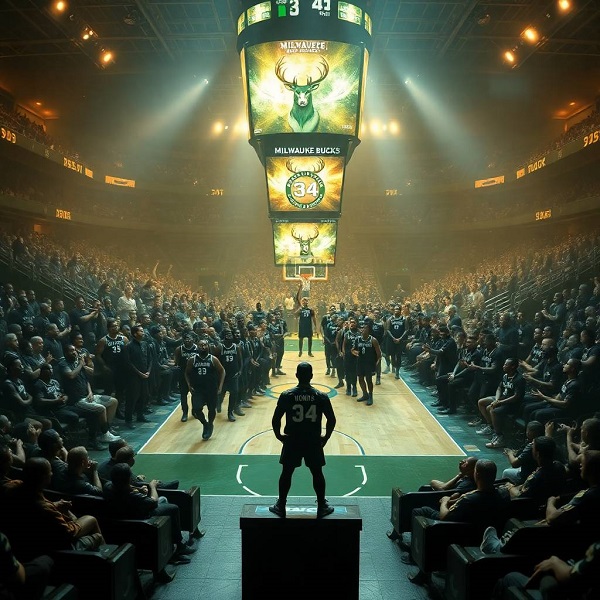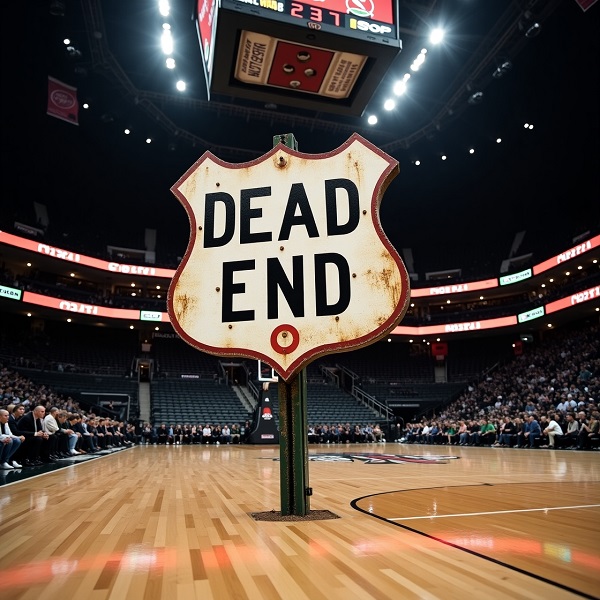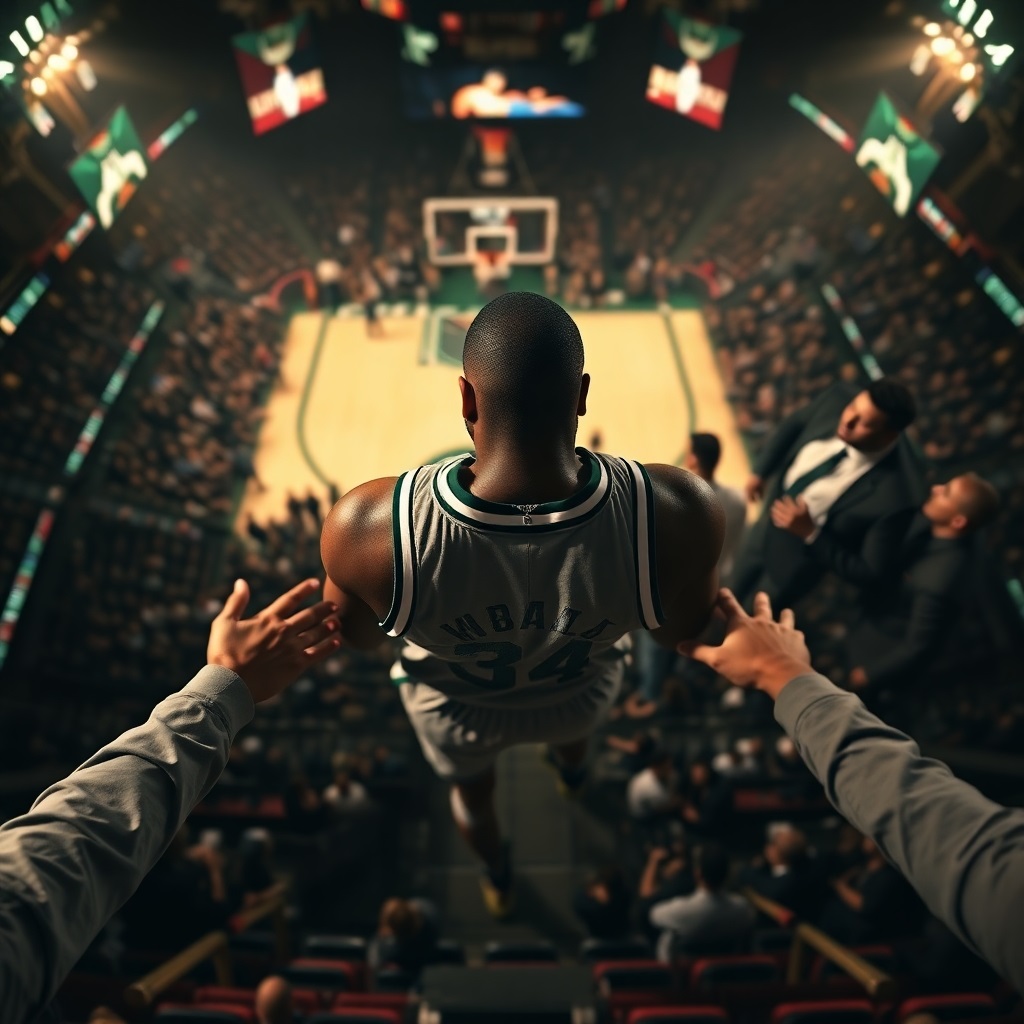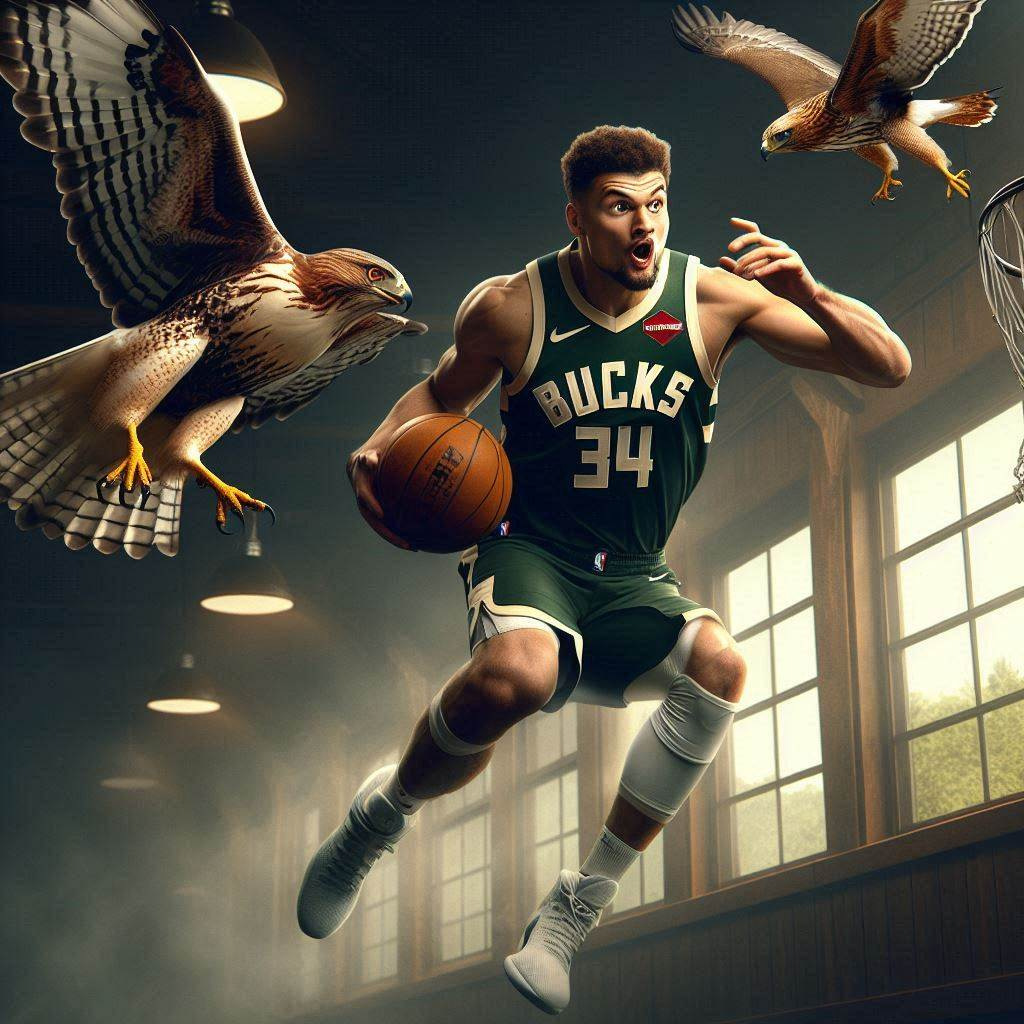The NBA’s Eastern Conference is a gauntlet of talent, and as we wrap up the first full week of the 2025-26 season (October 20-26), the league handed out its Player of the Week honors. Milwaukee Bucks superstar Giannis Antetokounmpo snagged the Eastern nod, averaging a monstrous 36.0 points, 16.0 rebounds, and 7.0 assists on 68.3% shooting across his games. On paper, it’s the kind of stat line that screams dominance—especially capping it off with a 40-point, 14-rebound, nine-assist masterpiece on Sunday. But let’s pump the brakes. In a week where the East’s guard play lit up the league and under-the-radar performers flipped narratives, Giannis’s award feels like a default nod to the Greek Freak’s reputation rather than a true meritocracy.

Player of the Week should celebrate the players who single-handedly elevated their teams amid tough schedules, overcame adversity, or simply outshone the field in impact. Giannis had a great week, sure, but he wasn’t the only one carrying a franchise on his back—or dropping jaws with rookie audacity. He played two games against two of the worse in the NBA and only one against a decent opponent (who the Bucks lost to).
Just look at that truly pathetic shot chart. It is Giannis so far this season. No mid range at all. No skill. No improvement. Still terrible at the free throw line. A one trick pony that we all know will fail in the playoffs.
LaMelo Ball: The Unicorn’s Triple-Double Machine Keeps Charlotte Dreaming
If we’re talking all-around brilliance, LaMelo Ball is the name that should’ve topped the ballot. The Hornets guard orchestrated Charlotte’s surprising 3-1 start, averaging 23.5 points, 6.0 rebounds, and a league-high-tying 8.0 assists per game while flirting with triple-doubles nightly. In a Wednesday blowout win over the Wizards, LaMelo dropped 20 points and eight dimes with just three turnovers, turning a middling roster into a fast-break frenzy.
Giannis? He’s got Damian Lillard and a stacked frontcourt to lean on. LaMelo’s doing this with training wheels still on for the Hornets’ rebuild. His flair—those no-look passes and deep bombs—has Charlotte relevant again, and his efficiency (45.5% FG) proves he’s matured beyond the meme. Player of the Week isn’t just about raw points; it’s about making your team better. LaMelo did that in spades.
Jalen Brunson: The Knicks’ Ice-Cold Assassin in the Clutch
New York Knicks fans know Jalen Brunson as their closer, and this week, he was surgical. Averaging 30.3 points, 4.0 rebounds, and 5.7 assists, Brunson torched defenses en route to a 3-1 Knicks record. His Sunday explosion—37 points, seven assists, and three steals in a heartbreaker against Miami—nearly willed the Knicks to victory despite a brutal road slate.
Compare that to Giannis: The Bucks faced softer competition, Brunson’s doing it from the guard spot, navigating double-teams with skill and style. Brunson’s 45.3% shooting isn’t gaudy, but his mid-range mastery and poise in crunch time (hello, game-winners) make him the East’s most reliable star right now. The Knicks are contenders because of him—not in spite of him.
VJ Edgecombe: The Rookie Phenom Who Stole the Show
Hold onto your seats: In his NBA debut week, VJ Edgecombe—the No. 2 overall pick out of Baylor, now lighting it up for the Heat—averaged 24.5 points, 6.5 rebounds, and 5.5 assists on 46.3% shooting. This 19-year-old Bahamian blur transitioned seamlessly from college dominance to pro savagery, capping preseason hype with real-season fireworks (think 26 points and five steals in a Friday thriller).
Rookies rarely sniff Player of the Week, but Edgecombe’s two-way terror—disrupting passing lanes while slashing to the rim—has Miami’s revamped backcourt humming alongside Jimmy Butler. Giannis is a veteran MVP; Edgecombe is rewriting the rookie script. In a league obsessed with youth, snubbing him feels like ignoring the next big thing.
Tyrese Maxey: Philly’s Speed Demon Drops 40-Bomb Fireworks
Tyrese Maxey is playing like a man possessed, averaging a blistering 34.0 points, 4.0 rebounds, and 7.5 assists to propel the Sixers to a 4-0 start. His midweek eruption—40 points on 7-of-9 from deep, plus six assists—dismantled the Knicks in a statement win, all while Embiid nurses a minor tweak.
Maxey’s 45.5% efficiency belies his explosiveness; he’s the East’s fastest scorer, turning turnovers into transition daggers. Giannis dominates inside; Maxey owns the break. With Philly eyeing another Finals run, Maxey’s week wasn’t just stats—it was a coronation. Why reward the expected when lightning like this strikes?
Donovan Mitchell: Spida’s October Onslaught Keeps Cleveland Elite
Donovan Mitchell feasted in October, averaging 35.5 points on 55.0% shooting, 11.0 boards, and 4.0 threes per game across the Cavs’ undefeated streak. Even in a “down” game (17 points Tuesday), he stuffed the stat sheet with steals and triples, but his highs—like 40-plus explosions—powered Cleveland’s defense-first identity.
At 30.0 points for the season already, Mitchell’s the East’s most dynamic scorer, blending volume with victory (Cavs 4-0). Giannis rebounds like a monster, but Mitchell’s creating his own gravity without a true big man next to him. Cleveland’s atop the standings because Spida’s dialed in—full stop.
Norman Powell: The Heat’s Unsung Sixth Man Turned Starter
Last but not least, Norman Powell—fresh off his offseason move to Miami—emerged as the Heat’s X-factor, averaging 21.5 points and a surprising 7.5 rebounds with 2.5 assists on 48.3% shooting. His Wednesday clinic (28 points, nine boards, four dimes) sparked a comeback win over the Knicks, proving he’s more than a microwave scorer—he’s a full-course meal.
Powell’s rebounding surge (up from last year’s 3.2) fits Miami’s gritty ethos perfectly, and at 24.0 points per game overall, he’s outpacing his career norms. Giannis is the Bucks’ alpha; Powell’s the Heat’s glue guy elevating a contender. In a week of guard galore, his versatility got slept on.
Time to Rethink the Award
Giannis is a lock for All-NBA, no doubt. He will probably set his bot army to fake vote for him (allegedly!) like they did the past seasons. But Player of the Week? This honor belongs to the innovators, the overachievers, the ones turning heads when no one’s watching. Ball’s vision, Brunson’s clutch gene, Edgecombe’s rookie rage, Maxey’s blaze, Mitchell’s firepower, and Powell’s grit all outshone the Freak this week. The East is deeper than ever. Stop defaulting to the big name and start celebrating the symphony. Giannis doesn’t impact games that matter. He played two easy opponents and failed when it mattered. Worse still, the way he plays is killing his team, a ball hog in every sense of the word.
